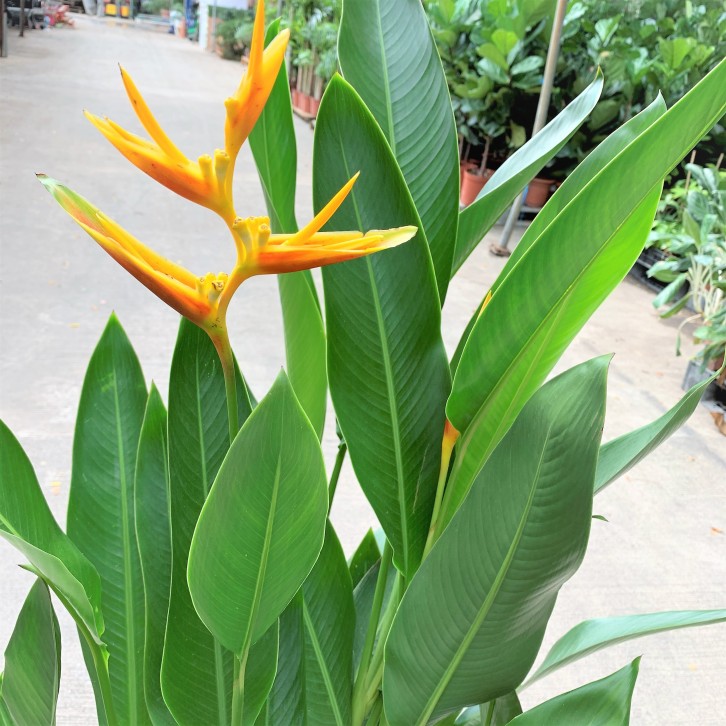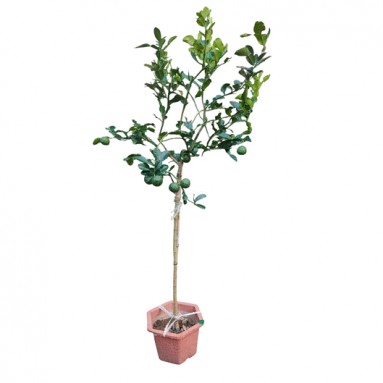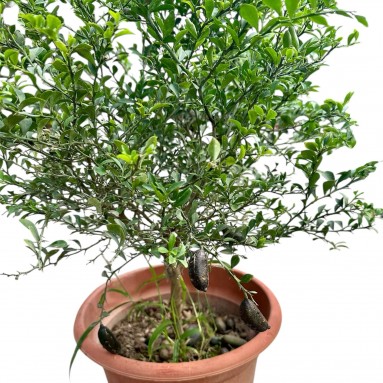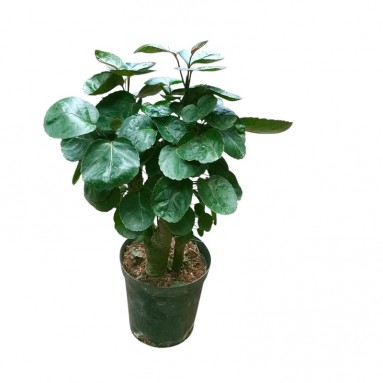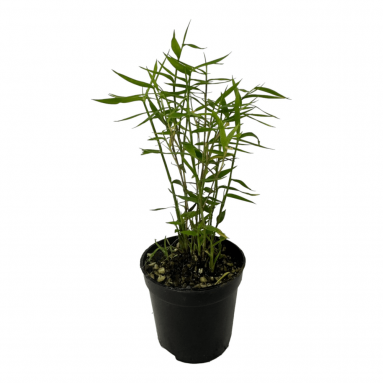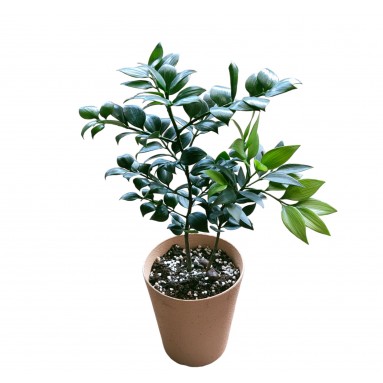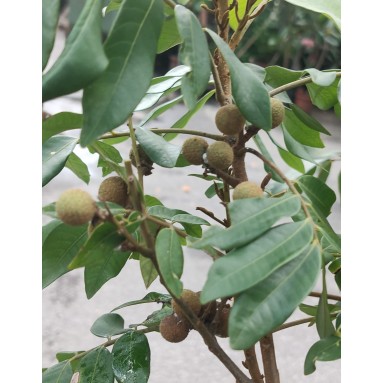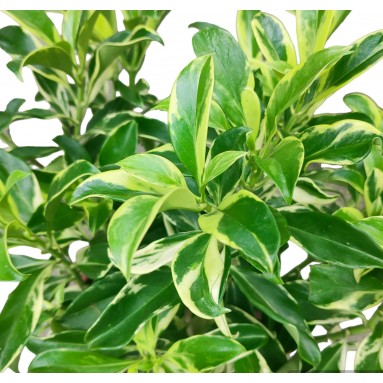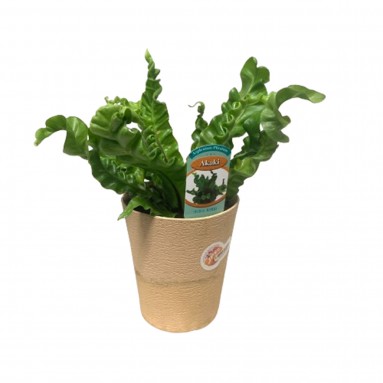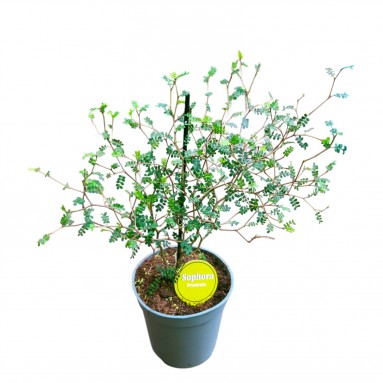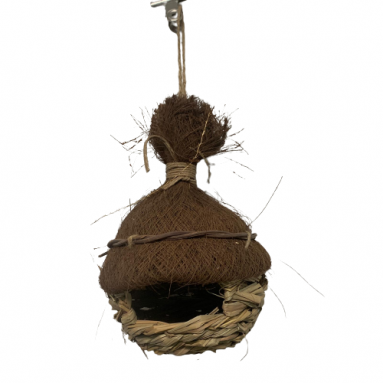Heliconia (Parrot Beak Plant)
$40.40
incl. GST
- Overall Height APPROXIMATELY:
- 150-155cm for Pot Size 30cm(Ø)
- The actual plant may differ as each pot has its own unique natural look and although look identical but never 100% similar to the image pictured here.
- Flowers/Fruits are seasonal and plants may not be with flowers/fruits at the time of order/delivery.
- Overall Height is measured from the bottom of the pot to the tallest point of the plant vertically.
GENERAL INFORMATION
- Tropical flowers never fail to astound and amaze with their forms and colors.
- The Parrot Beak plant is no exception, with large, brightly-hued bracts that cluster up a stem.
- It has inconsequential tiny flowers covered by the showy bracts.
- It is native to Central to South America.
- The plants are suitable outdoor perennials in the landscape or as container plants in tropical or semi-tropical settings.
SOIL REQUIREMENT
- These plants thrive in well-draining soil and are generously amended with decaying organic matter, which provides a natural source of nourishment.
- A combination of leaf compost, garden loam, and a bit of sand makes a planting mix rich in nutrients and resists becoming compacted.
SHOP MORE > SOIL & PLANTING MEDIA
FEEDING/FERTILIZER REQUIREMENT
- Choose instead to supply nourishment through different types of organic fertilizers to build a soil rich in organic matter.
- A large plant with lots of blooms will happily consume a great deal of fertilizer.
- If your goal is to grow a monster plant, bone meal wins the Heliconia plant's favorite food contest every time.
- For consistent feeding of average-sized plants, the best fertilizer for heliconia is good quality, slow time-release fertilizer with an NPK ratio of 2-1-2 is a good choice.
- Follow package instructions closely.
LIGHT REQUIREMENT
- Although it grows in forests in the wild, remember that they choose to be in clearings where they will receive a minimum of six hours of bright light daily.
- This is necessary for abundant and constant flowering.
- When kept in lower light, the plants produce lots of lush leaves but fewer flowers.
- Lower light also causes plants to gain more height as they reach for the sun.
WATER REQUIREMENT
- The wild plantain likes to be watered, and the soil should be kept consistently and uniformly moist.
- In very hot climates, you may need to water a couple of times daily.
- Water at ground level (use soaker hoses for the garden) rather than spraying the plants as splashing water can carry fungal spores to the leaves causing damage.
